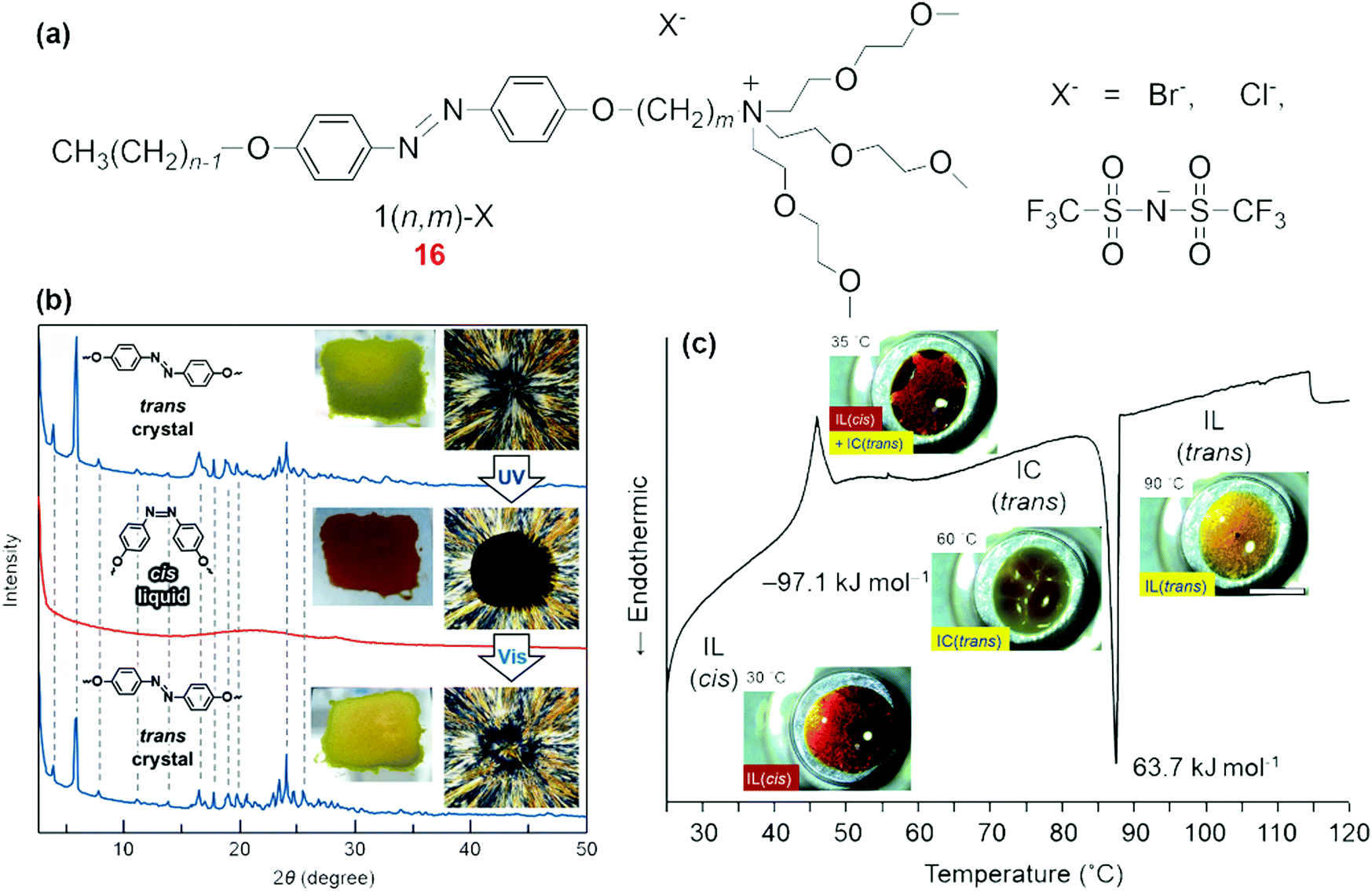
Free Download Color Chemistry Zollinger Pdf Programs
Reflections of a Successor to Dr. Pcstitch pro 10 keygen5270786 download. Zollinger Lany C. Carey, MD,’ Columbus, Ohio Dr.
Hiram Polk asked that I contribute a piece for this issue of the Journal honoring Dr. Robert Zollinger. It is a great pleasure to do so, but in many ways a more difficult assignment than writing a scientific paper.
I recognize that the invitation may in fact have been influenced by Dr. Polk’s reading of some of my previous scientific papers. His request was specific. He asked for my reflections on succeeding Dr. There is a bit of irony in the timing. When the request arrived, I had just returned from two informative and restful months in Europe with a clear and considered decision to resign from the chairmanship of the department of surgery at Ohio State after 11 years. I had, as often before at critical times, discussed my plans with Dr.
The tenth edition of Zollinger’s Atlas of Surgical Operations expands the content to include 19 new operations. Each chapter contains beautifully rendered line drawings with color highlights that depict every important action you must consider while performing the operation. Additionally, color processing and printing technology have advanced such that our. To acknowledge in particular their medical editors Marsha S. Gelber and Robert Pancotti. In addition to the extreme tissue certain that only peritoneum free of. Incision with Surgicel gauze saturated with a chemotherapeutic chemical.
Depeche mode discography download torrent kickass. Zollinger before making the final decision. This rather important step in my life made the review of the past decade and my relationship with Dr.
Zollinger an interesting and timely chore. The early fall of 1974 was an eventful time for me. I was invited by the dean at The Ohio State University College of Medicine to succeed Dr. Robert Zollinger as chairman of the department of surgery. Having attended medical school at Ohio State, I was particularly thrilled to be asked to chair a department there.
To students at Ohio State, Dr. Zollinger was the most memorable member of the faculty. Generally he was gentle to medical students, in contrast to his celebrated acerbity with residents. He was, however, a formidable professor who challenged and stimulated students. The clinical clerks on his service were made to feel they were an important part of the house staff team. We were expected to be totally informed about the patients to whom we had been assigned. Our duties included preoperative and daily postoperative calf measurements and vital capacity assessment.
We were also expected to know all laboratory data, as well as all pertinent * Robert M. Zollinger Profess~ of Surgery. The Ohio State University College of Medicine, Columbus, Ohio.
676 facts of the history and physical examination of each patient, and the total volume of fluid losses, as well as the electrolyte content of intake and output for the previous 24 hours. In all patients receiving intravenous fluids, we performed urinary chloride tests each morning. When one of our patients went to the operating room, we were required to draw the relevant anatomic characteristics in colored chalk on a blackboard outside the operating room. Any dereliction of duty by a medical student was always construed by Dr.
Zollinger to be the fault of the resident staff. What all of this accomplished, of course, was enormous attention to patients by students, as well as a forced camaraderie of students and residents. It was a very effective system. All of this activity took place on 7 East of The Ohio State University Hospital. Zollinger came to Ohio State in 1946.
He had attended medical school at Ohio State and began his training at Boston’s Peter Bent Brigham Hospital in 1928, continuing with Dr. Elliott Cutler at Lakeside Hospital in Cleveland from 1929 to 1932. He returned with Dr.
Cutler to Harvard and the Brigham Hospital in 1932, where he finished his training and stayed on the staff until World War II. He returned to Harvard after the war and accepted the position at his alma mater 2 years later. When he came to Ohio State, the University Hospital was a very small facility called Starling-Loving Hospital. The residency program was fragmented, and there were three parallel residencies and two departments of surgery. Zollinger practiced at most of the hospitals in the city and maintained an office for his practice in a downtown building. The hospital facilities at the University consisted of an 150 bed adult hospital for the entire clinical faculty.
This situation prevailed until late 1951, when the present University Hospital opened. As a freshman being oriented to the campus in September 1951, I was taken on a tour of the new, nearly completed hospital. As soon as the new hospital opened, Dr. Zollinger was able to centralize the residency program in one The American Journal of Surgery Salute to Robert M. Zollinger, MD institution and to focus his practice at University Hospital. From his appointment in 1946 until his retirement in 1974, Dr.